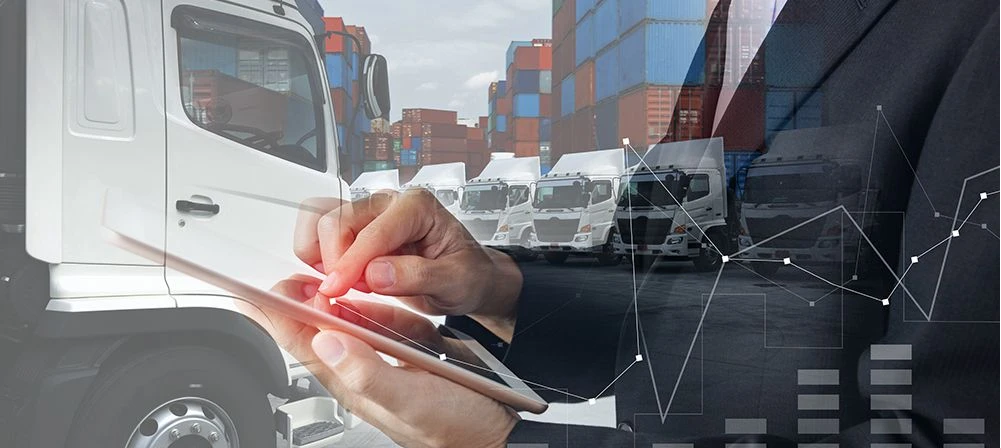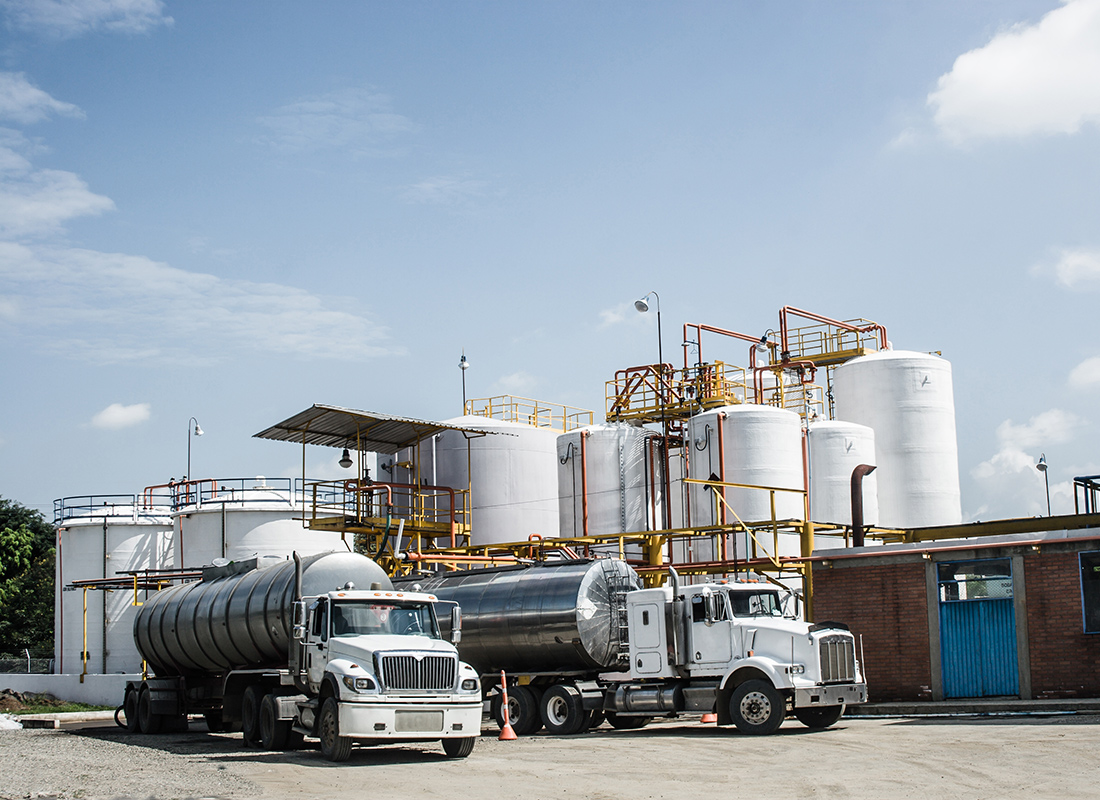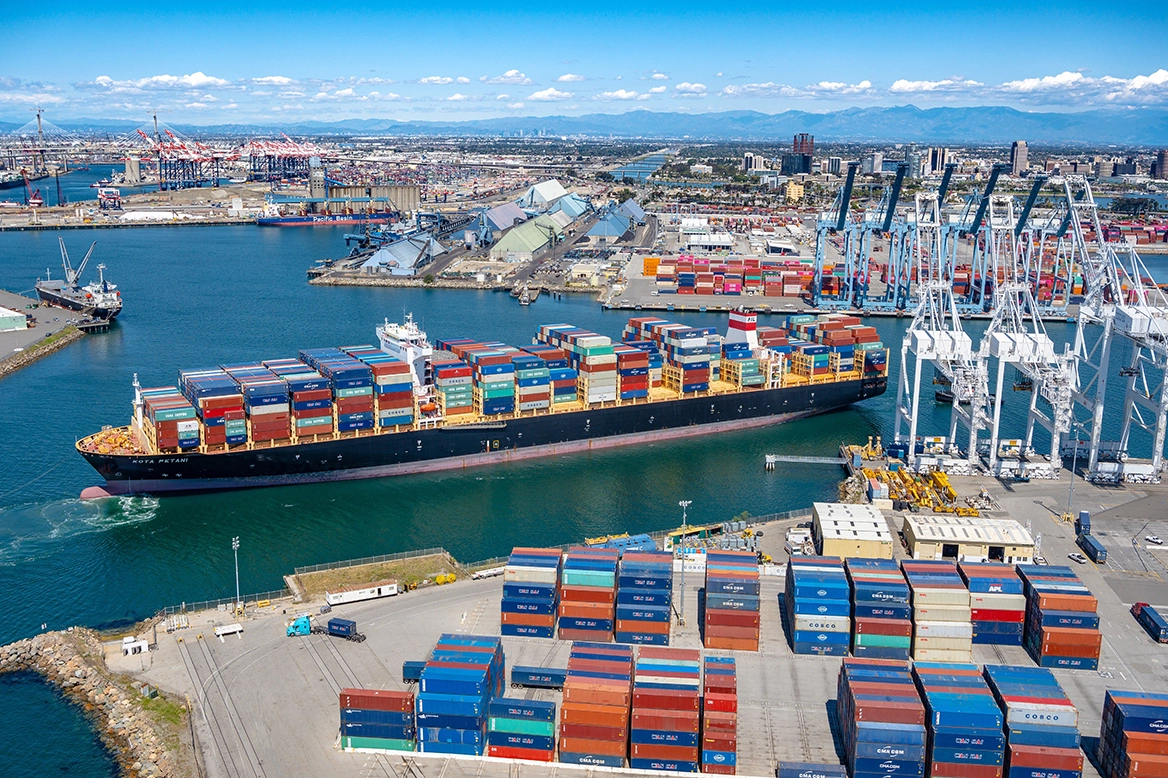While a global supply-chain crisis is crimping sales for companies from Apple Inc. to Caterpillar Inc., transportation firms are riding an unprecedented profit boom.
Trucking companies, in particular, have seen freight volume and prices jump as imported goods flood into the U.S., easily making up for higher wages to recruit drivers. The spike in fuel is passed along to their customers through automatic surcharges.
The average spot-market price to hire a big-rig reached $2.86, including fuel surcharges, during October, 19% above the same level last year
The profit surge isn’t limited to truckers. Railroads, freight brokers and maritime shipping companies are all feasting on the more than 20% surge of imported goods and growing desperation of shippers to get their items on time.
U.S. transport companies are logging record profits in a tight domestic transportation market while ocean shipping lines are reaping similar gains on soaring rates to move containers from Asia to the U.S. and Europe.
Customers of the transport operators are feeling the pinch in freight markets, as rising transportation costs and other supply-chain woes weigh on earnings for businesses from online retail to food companies and auto parts distributors.
C.H. Robinson Worldwide Inc., the largest freight broker in North America, said its third-quarter net income rose 81% from a year ago, to $247 million, boosted in part by strong gains in its international freight-forwarding business.
Growth + Change = Opportunity!









